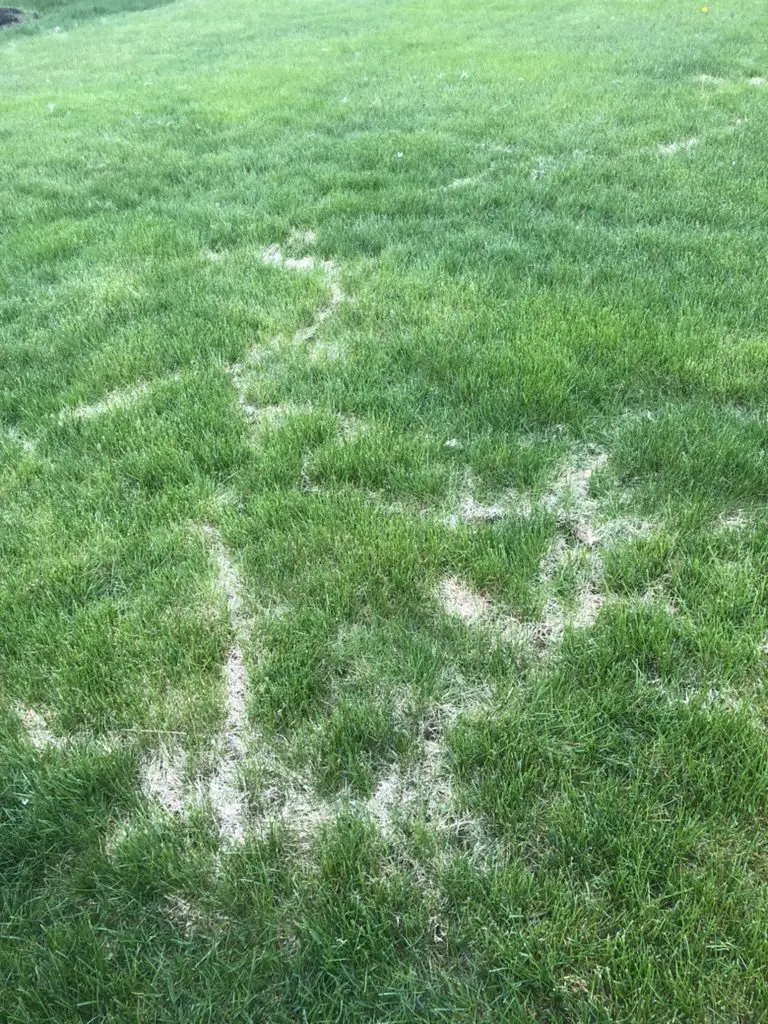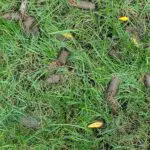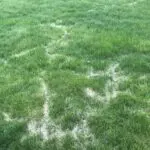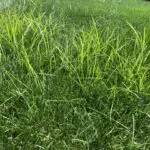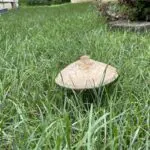Voles, also known as meadow mice or field mice, are small rodents that can wreak havoc on your lawn and garden. They are often mistaken for moles due to their similar burrowing habits, but voles are distinct creatures with their own set of behaviors and characteristics. In this comprehensive guide, we will delve into the world of voles, exploring their habits, impact on lawns, and effective methods for managing their presence. By understanding these creatures, you can better protect your lawn and maintain a healthy outdoor space.
1. What are voles and what do they look like?
– Voles are small rodents that belong to the family Cricetidae, and they are typically around 5-8 inches long, with stocky bodies, short tails, and small ears. Their fur can range from brown to gray, and they have a compact and rounded appearance. Voles are herbivorous, feeding on a variety of plants, roots, and grasses.
2. What are the signs of voles in your lawn?
– Vole damage can manifest in various ways, including shallow tunnels or runways on the surface of the lawn, chewed or girdled plant stems, and visible burrow entrances. Additionally, droppings and the presence of small, grassy nests are indicative of vole activity.
3. What impact do voles have on lawns and gardens?
– Voles can cause significant damage to lawns and gardens by feeding on grass roots, bulbs, and plant stems, which can lead to wilting, dieback, and even plant death. Their burrowing activities can disrupt the soil structure and create unsightly surface runways, impacting the aesthetic appeal of the lawn.
4. How to identify vole damage versus other lawn pests?
– Distinguishing vole damage from that of other lawn pests, such as moles or gophers, can be challenging. However, vole damage typically involves visible surface runways, small burrow entrances, and gnawed plant stems, whereas moles create more distinct tunnels and mounds of soil.
5. Effective methods for managing voles in your lawn.
– Implementing exclusion techniques, such as installing hardware cloth barriers or fencing around vulnerable areas, can help deter voles. Additionally, reducing areas of dense vegetation and maintaining a well-groomed lawn can make the environment less hospitable to voles. Trapping and baiting methods can also be employed for targeted vole control.
In conclusion, understanding the behavior and impact of voles in your lawn is essential for the effective management and preservation of a healthy outdoor space. By familiarizing yourself with the signs of vole activity, implementing preventative measures, and utilizing appropriate control methods, you can minimize the damage caused by these rodents and maintain a thriving lawn and garden. Stay vigilant and proactive in addressing vole presence to ensure the long-term health and beauty of your outdoor environment.
